Home>Dining>Tableware>How To Arrange Silverware In A Place Setting
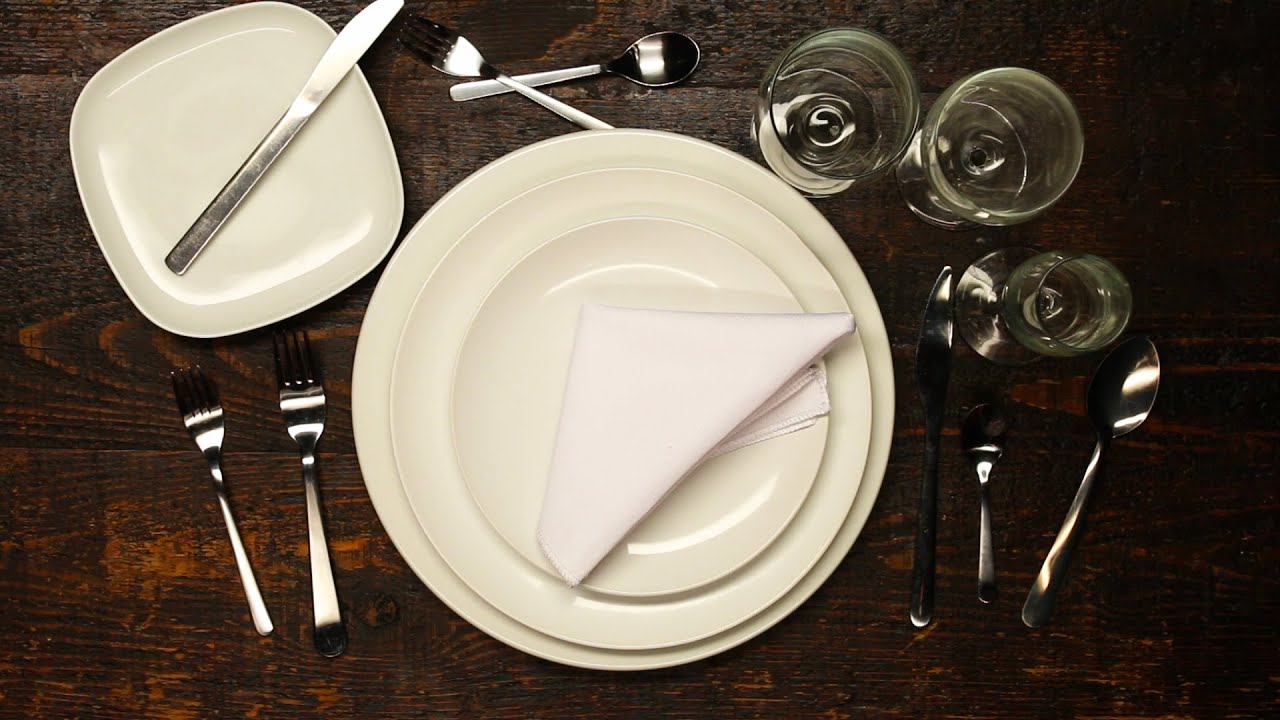

Tableware
How To Arrange Silverware In A Place Setting
Modified: January 5, 2024
Learn how to properly arrange tableware in a place setting and create an elegant dining experience. Find step-by-step instructions and expert tips.
(Many of the links in this article redirect to a specific reviewed product. Your purchase of these products through affiliate links helps to generate commission for Storables.com, at no extra cost. Learn more)
Introduction
Welcome to the world of tableware, where the arrangement of silverware plays a crucial role in setting an elegant and organized dining table. Whether you’re hosting a formal dinner party or simply enjoying a casual meal with family and friends, knowing how to arrange your silverware in a place setting adds a touch of sophistication to any occasion.
In this article, we will guide you through the art of silverware placement, providing you with the knowledge and expertise to create a visually appealing and functional table setting. From basic silverware placement to formal and informal settings, we’ll explore different configurations and help you find the style that suits your needs.
Proper silverware placement not only enhances the aesthetics of your table but also serves a practical purpose. A well-arranged place setting allows your guests to navigate through their meal with ease, ensuring a smooth and enjoyable dining experience for everyone.
Whether you’re a seasoned entertainer looking to refine your skills or a novice host preparing for your first dinner party, mastering the art of silverware placement is a valuable skill that will impress your guests and elevate your dining occasions.
So, grab your favorite tableware, sit back, and let’s dive into the world of silverware placement, where style and functionality meet in perfect harmony.
Key Takeaways:
- Elevate your dining experience by mastering the art of silverware placement, from basic to formal settings, and unleash your creativity with alternative arrangements for a memorable and visually appealing table setting.
- Whether it’s a casual gathering or a formal dinner party, the arrangement of silverware adds elegance and functionality to your table, creating a welcoming and sophisticated atmosphere for your guests to enjoy.
Read more: How To Arrange Place Settings For Silverware
Setting the Table
Before we delve into the intricacies of silverware placement, let’s start with the basics of setting the table. Proper table setting provides a foundation for a well-organized and visually appealing dining experience.
When you set your table, it’s essential to consider the number of guests and the formality of the occasion. Regardless of the setting, there are a few fundamental elements that remain consistent.
Firstly, begin by laying a clean and crisp tablecloth or placemats as the foundation of your table setting. This not only protects the surface but also adds an elegant touch to the overall presentation.
Next, place dinner plates in the center of each setting, ensuring they are evenly spaced and aligned. If you’re using chargers, larger decorative plates that serve as a base for other dishes, place them underneath the dinner plates.
Now, let’s move on to the silverware. The arrangement of silverware depends on the formality of the dining occasion and the number of courses being served.
Remember to provide a separate set of salad forks and dessert spoons if these courses are included in the meal. Additionally, don’t forget to include napkins on the side of each plate or within a designated napkin ring.
Lastly, consider adding a centerpiece or table decorations to enhance the overall ambiance and create a visually appealing focal point. Fresh flowers, candles, or decorative items that reflect the theme of the occasion can elevate your table setting to new heights.
Now that you have a basic understanding of setting the table, let’s explore the different methods of silverware placement to create a stunning and well-organized dining experience.
Basic Silverware Placement
Basic silverware placement is suitable for casual and informal dining occasions. It involves a simple and straightforward arrangement that ensures functionality while maintaining an aesthetically pleasing table setting.
Start by placing the dinner fork on the left side of the dinner plate. The dinner fork is the largest fork and will be used for the main course. On the right side of the dinner plate, position the dinner knife with the cutting edge facing the plate. The soup spoon, if needed, can be placed to the right of the knife.
If you’re serving salad, place the salad fork to the left of the dinner fork. The salad fork is usually smaller and has a slightly different shape, making it distinguishable from the dinner fork. If a dessert is part of the meal, place the dessert spoon horizontally above the dinner plate, with the handle pointing to the right.
Traditionally, the bread and butter plate is placed on the upper left-hand side of the setting, with a butter knife resting diagonally across it. This allows guests to easily access bread and butter throughout the meal.
When it comes to beverage glasses, arrange them in a diagonal line to the right of the dinner plate. The water glass should be positioned closest to the plate, followed by the wine glass, if applicable. If serving multiple types of wine, arrange the glasses in the order they will be used, from left to right.
Remember, the key to basic silverware placement is to keep the arrangement clean, symmetrical, and functional. This style is suitable for everyday meals, brunches, and casual gatherings where simplicity and ease of use are prioritized.
Now that you have a grasp of basic silverware placement, let’s explore more formal and informal variations to suit different dining occasions.
Formal Silverware Placement
Formal silverware placement is reserved for special occasions and fine dining experiences. It involves a more intricate arrangement that showcases elegance and sophistication on the dining table.
Start by placing the dinner plate in the center of each setting, aligned with the edge of the table. To the left of the plate, arrange the forks in order of use. The dinner fork goes closest to the plate, followed by the salad fork, and then the fish fork, if applicable.
On the right side of the plate, position the knives and spoons. The dinner knife should be placed closest to the plate, with the cutting edge facing inward. Next to it, arrange the fish knife, if needed. The soup spoon, if served, can be placed to the right of the knives.
Above the dinner plate, position the dessert spoon and fork horizontally, with the fork on top and the spoon below. The handles should point towards the right. Alternatively, the dessert utensils can be placed horizontally across the top of the dinner plate.
If serving a bread course, place the butter knife diagonally across the bread and butter plate on the upper left-hand side of the setting.
Now, let’s move on to the beverage glasses. Arrange them diagonally to the right of the dinner plate. Start with the water glass, followed by the red wine glass, white wine glass, and any other glassware such as champagne flutes. Glasses should be positioned in the order they will be used, from left to right.
For a formal dinner setting, consider adding additional silverware such as a seafood fork or a butter spreader, depending on the courses being served.
Remember, formal silverware placement aims to create a refined and luxurious atmosphere. Pay attention to the spacing and alignment of each utensil to achieve an elegant and consistent look across the table.
Now that you’re familiar with formal silverware placement, let’s explore a more relaxed and casual style for informal gatherings.
When arranging silverware in a place setting, remember the “BMW” rule: from left to right, place the Bread plate, then the Main course fork, and finally the Water glass.
Informal Silverware Placement
Informal silverware placement strikes a balance between the simplicity of basic placement and the formality of a full formal setting. It is suitable for casual gatherings and meals that are less ceremonial.
Begin by placing the dinner plate in the center of each setting. To the left of the plate, position the forks in the order they will be used. The dinner fork goes closest to the plate, followed by the salad fork, if applicable.
On the right side of the plate, place the knives and spoons. The dinner knife should be positioned closest to the plate, with the cutting edge facing the plate. Next to it, arrange the soup spoon, if needed. If serving a seafood dish, you can add a seafood fork or other specialized utensils.
Above the dinner plate, horizontally position the dessert spoon and fork, with the fork on top and the spoon below. The handles should point towards the right.
If serving bread, place the butter knife diagonally across the bread and butter plate on the upper left-hand side of the setting.
For beverage glasses, arrange them diagonally to the right of the dinner plate. Start with the water glass, followed by any additional glassware such as wine or cocktail glasses. As with other placements, glasses should be positioned in the order they will be used, from left to right.
Informal silverware placement allows for flexibility and a relaxed atmosphere. It maintains functionality while providing a touch of elegance to the table setting.
Now that you have a grasp of informal silverware placement, let’s explore alternative ways to arrange your silverware for a unique and creative table setting.
Read more: How To Place Silverware When Finished
Alternative Silverware Placement
If you’re looking to add a touch of creativity and uniqueness to your table setting, there are various alternative silverware placement options you can consider. These alternatives offer a departure from traditional placements and allow you to showcase your personal style and flair.
One alternative placement option is the diagonal arrangement. Rather than aligning the silverware parallel to the edges of the table, position them at a diagonal angle. This can add visual interest and create a dynamic look on the table.
Another alternative is the vertical placement. Instead of positioning the silverware horizontally on the sides of the plate, place them vertically on the table. This arrangement can create a modern and sleek aesthetic, perfect for contemporary dining experiences.
If you’re feeling adventurous, you can experiment with asymmetrical placement. Mix and match different styles and sizes of silverware at each place setting. This unexpected arrangement can add an artistic and eclectic touch to your table.
For a rustic or country-themed setting, you can incorporate a pocket-style placement. Fold the napkin into a pocket or pouch and tuck the silverware inside. This not only keeps the silverware organized but also adds a charming and rustic element to the table.
Remember, when exploring alternative silverware placements, it’s important to maintain functionality and ensure that each item is easily accessible to your guests. Avoid overcrowding or cluttering the table, as this can hinder the dining experience.
By thinking outside the box and experimenting with different arrangements, you can create a table setting that reflects your personal style and adds a unique touch to your dining occasions.
As we conclude our exploration of silverware placement, we hope you’ve gained valuable insights into arranging your tableware for various occasions. Whether you prefer a basic, formal, informal, or alternative style, mastering the art of silverware placement will elevate your dining experiences and leave a lasting impression on your guests.
So, the next time you gather around the table, take the time to arrange your silverware with intention and creativity. A beautifully set table not only enhances the visual appeal of your meal but also sets the stage for a memorable dining experience.
Happy table setting!
Conclusion
Arranging silverware in a place setting is an art form that adds elegance, organization, and functionality to your dining table. Whether you’re hosting a formal dinner party or enjoying a casual meal with loved ones, the placement of your silverware can set the tone and elevate the dining experience.
In this article, we’ve explored the basics of setting the table and delved into different styles of silverware placement. From the simplicity of basic placement to the sophistication of formal settings, the choice of arrangement depends on the occasion and your personal preferences.
We’ve learned that basic silverware placement is suitable for everyday meals and casual gatherings. It involves a straightforward arrangement that maintains functionality while keeping the table organized.
For formal dining occasions, formal silverware placement showcases elegance and attention to detail. It creates a refined atmosphere and sets a luxurious tone for the meal.
On the other hand, informal silverware placement strikes a balance between simplicity and formality. It adds a touch of elegance to casual gatherings while maintaining a relaxed and comfortable ambiance.
For those who are looking for a creative twist, alternative silverware placement offers unique and artistic options. Whether it’s diagonal, vertical, or asymmetrical arrangements, these alternatives allow you to express your personal style and create a memorable table setting.
Remember, the key to successful silverware placement is to balance aesthetics with functionality. Each piece should be positioned with intention and accessibility in mind, ensuring a seamless dining experience for your guests.
So, the next time you gather around the table, take the time to arrange your silverware thoughtfully. A well-set table not only enhances the visual appeal of the meal but also creates a welcoming atmosphere and makes your guests feel special.
Now that you have the knowledge and expertise to arrange your silverware in a place setting, it’s time to unleash your creativity and transform your dining occasions into unforgettable experiences.
Enjoy the artistry of silverware placement and bon appétit!
Frequently Asked Questions about How To Arrange Silverware In A Place Setting
Was this page helpful?
At Storables.com, we guarantee accurate and reliable information. Our content, validated by Expert Board Contributors, is crafted following stringent Editorial Policies. We're committed to providing you with well-researched, expert-backed insights for all your informational needs.
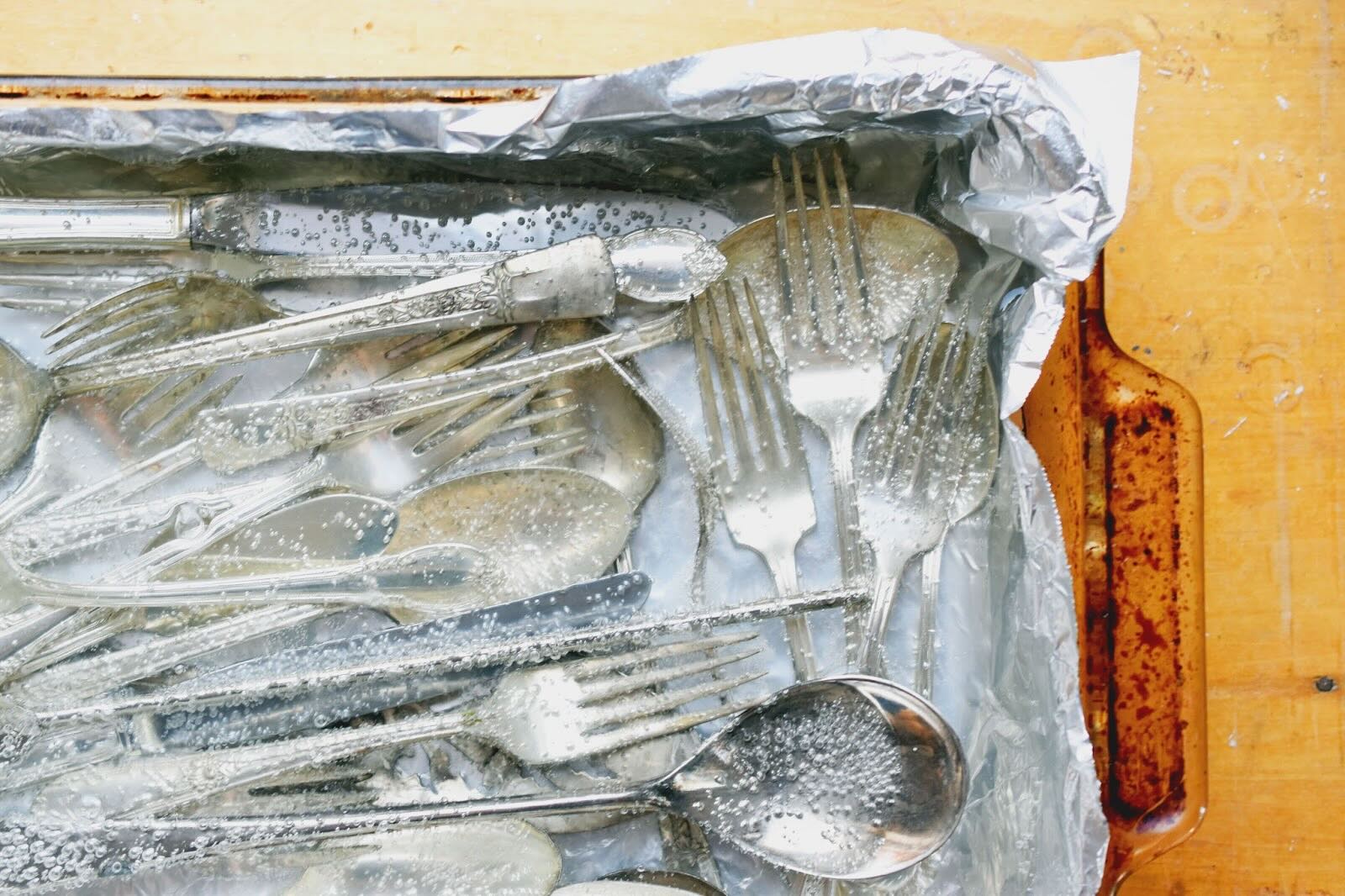
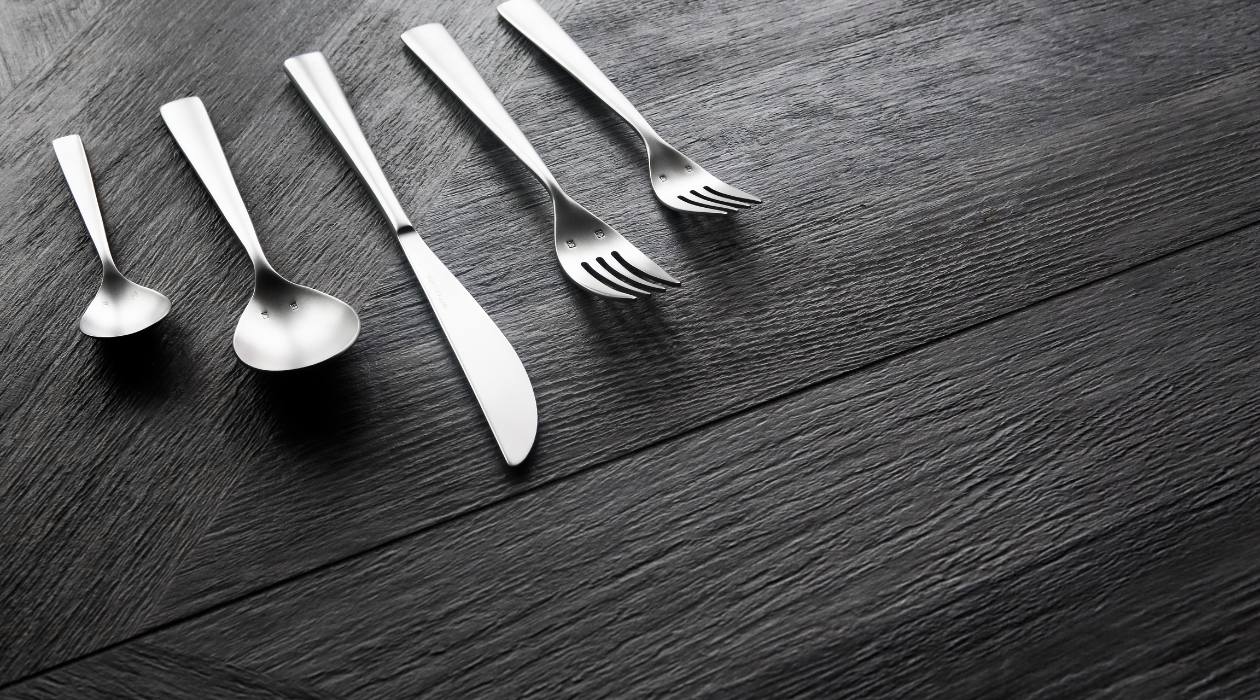
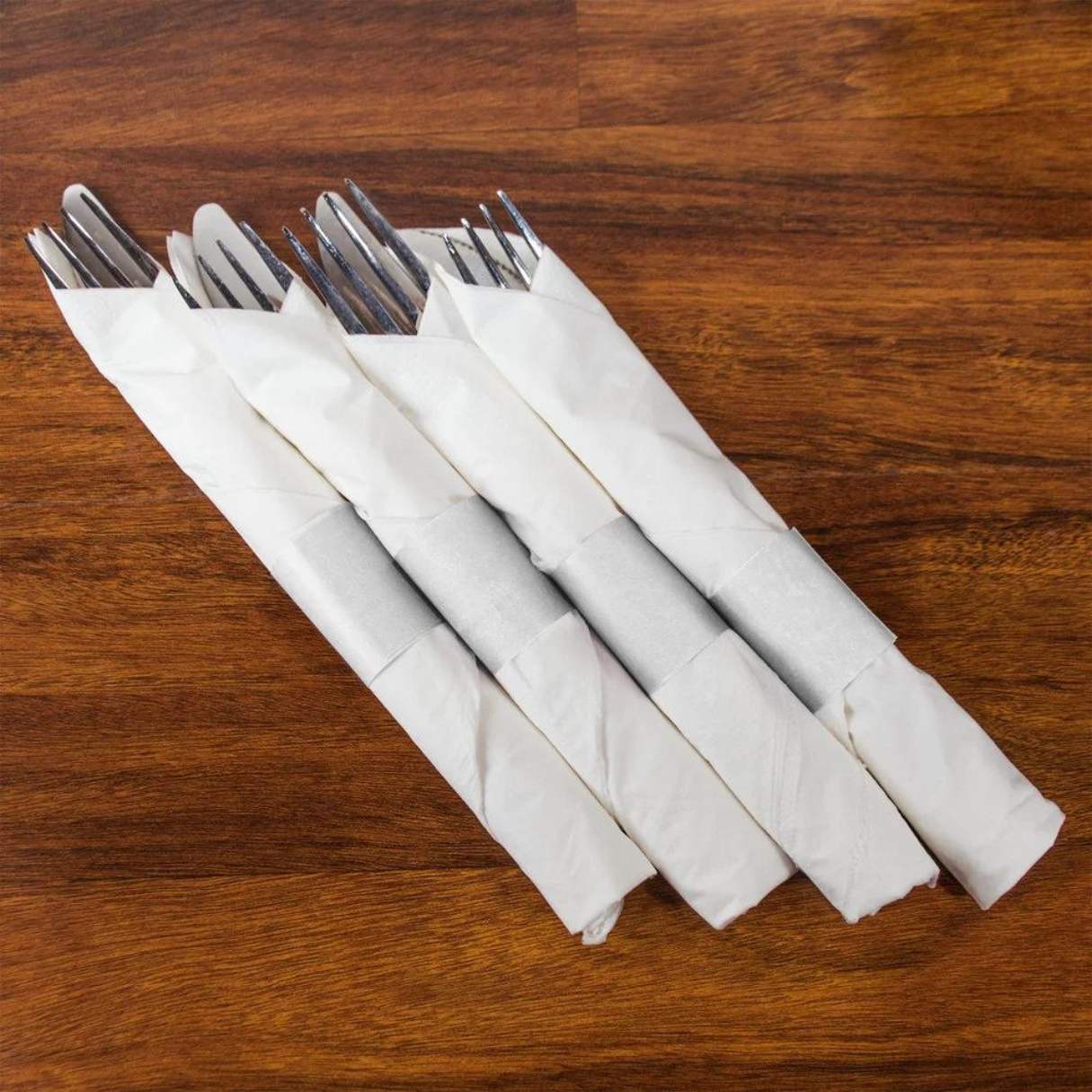
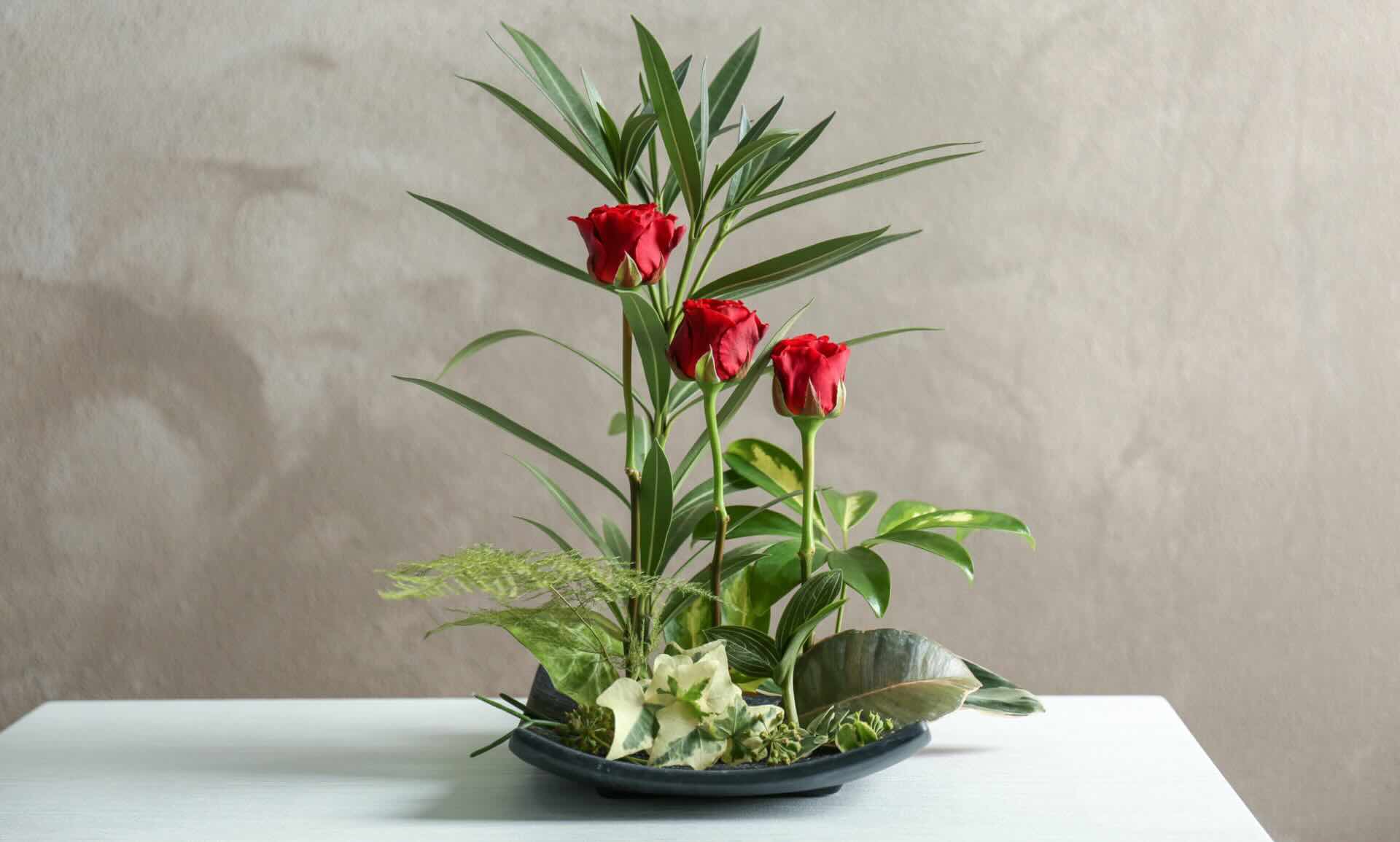
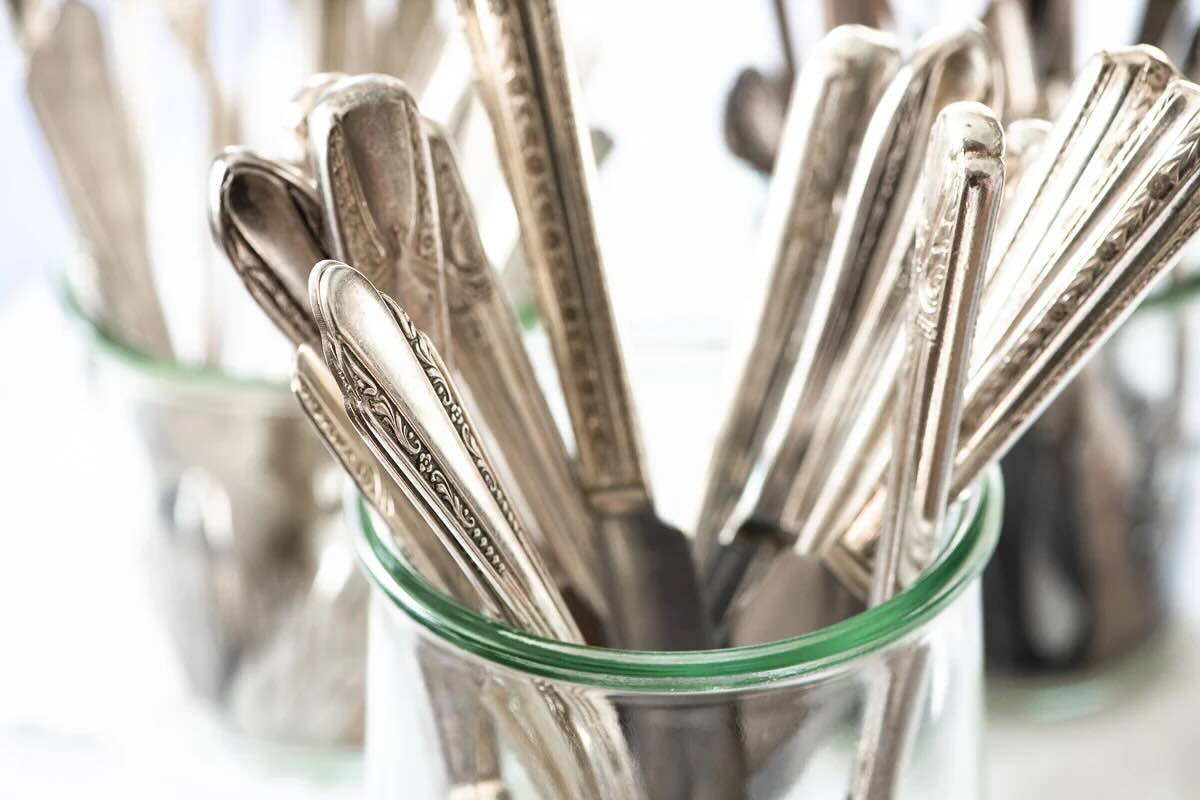
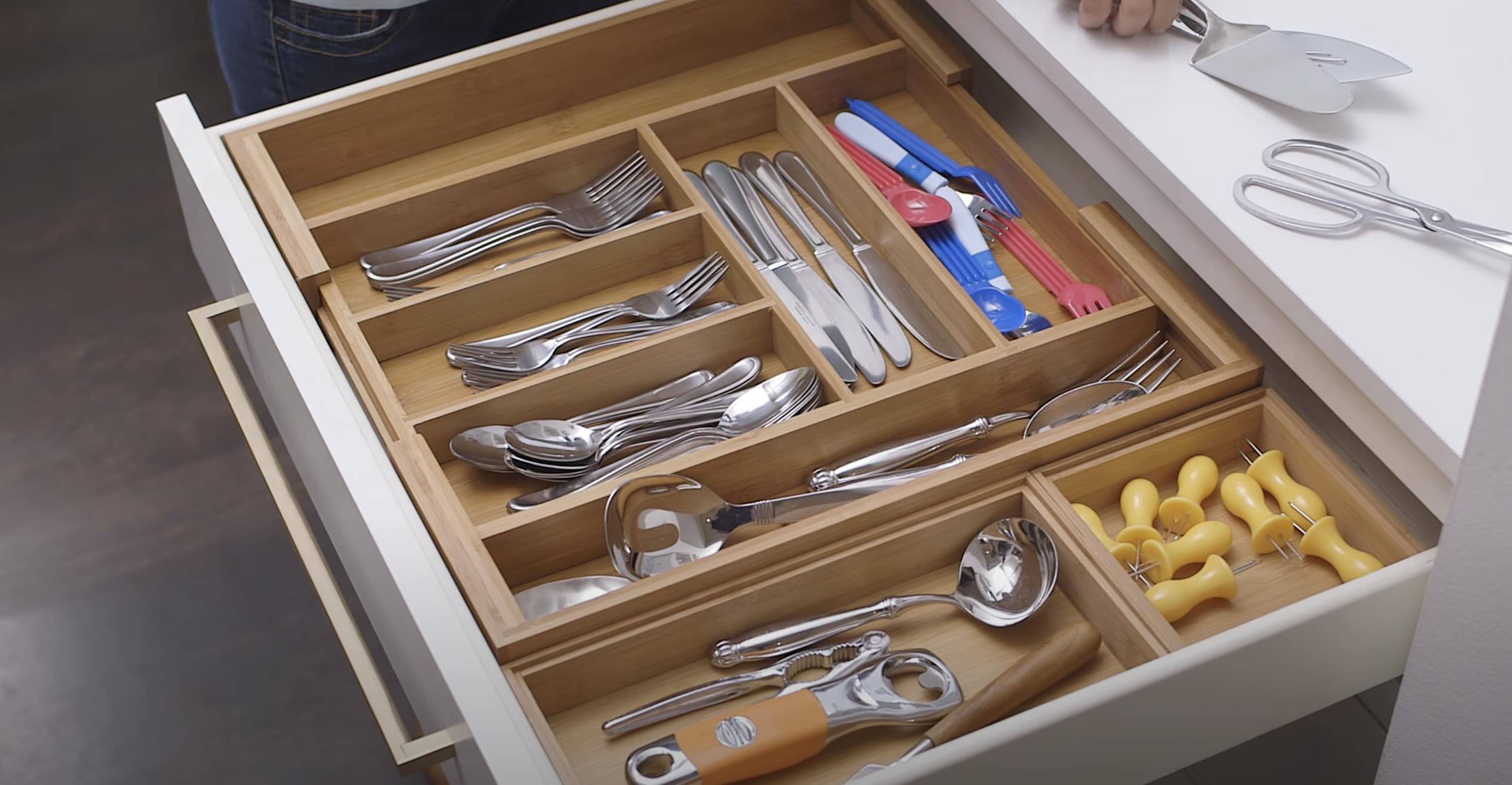
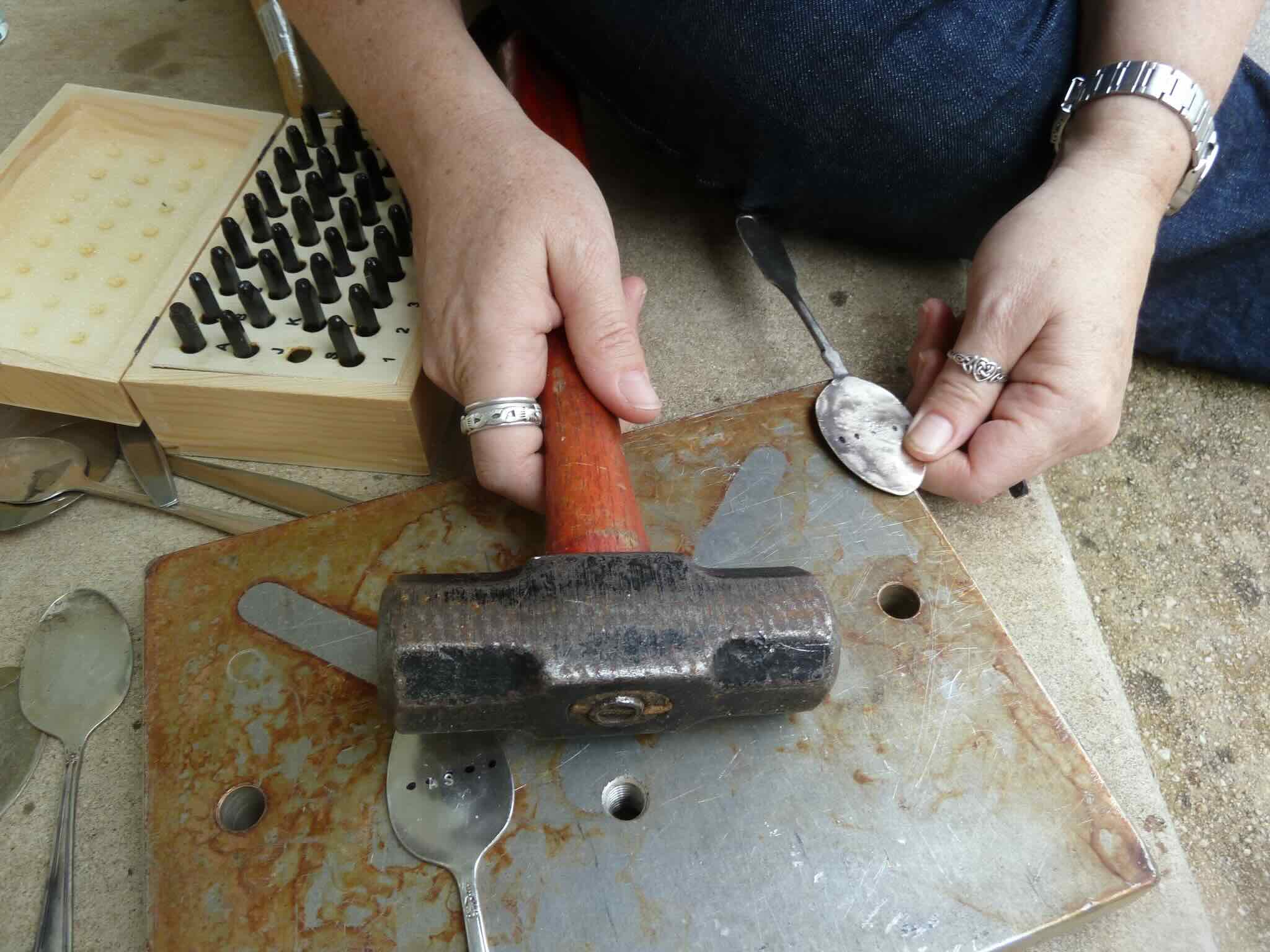
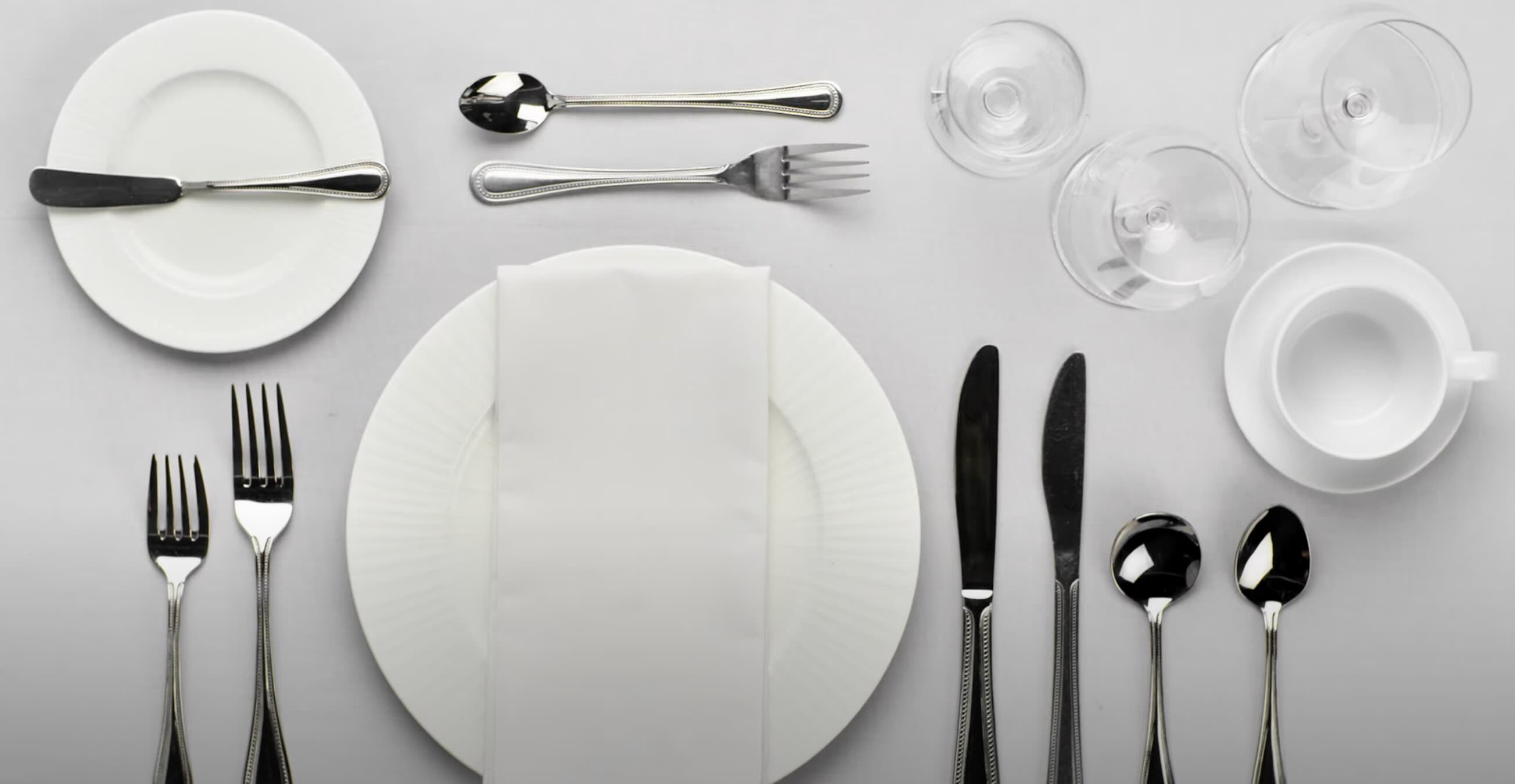
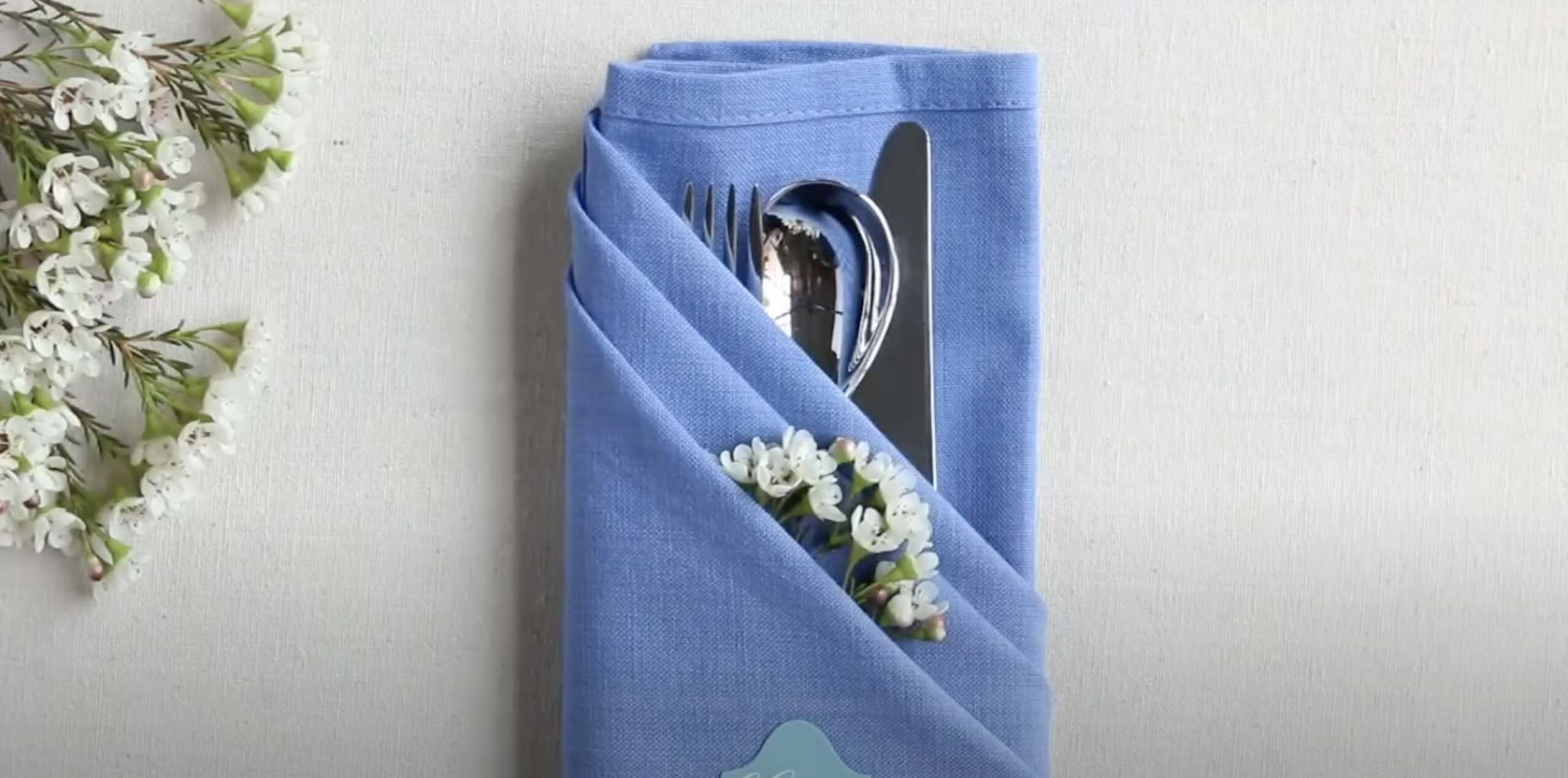
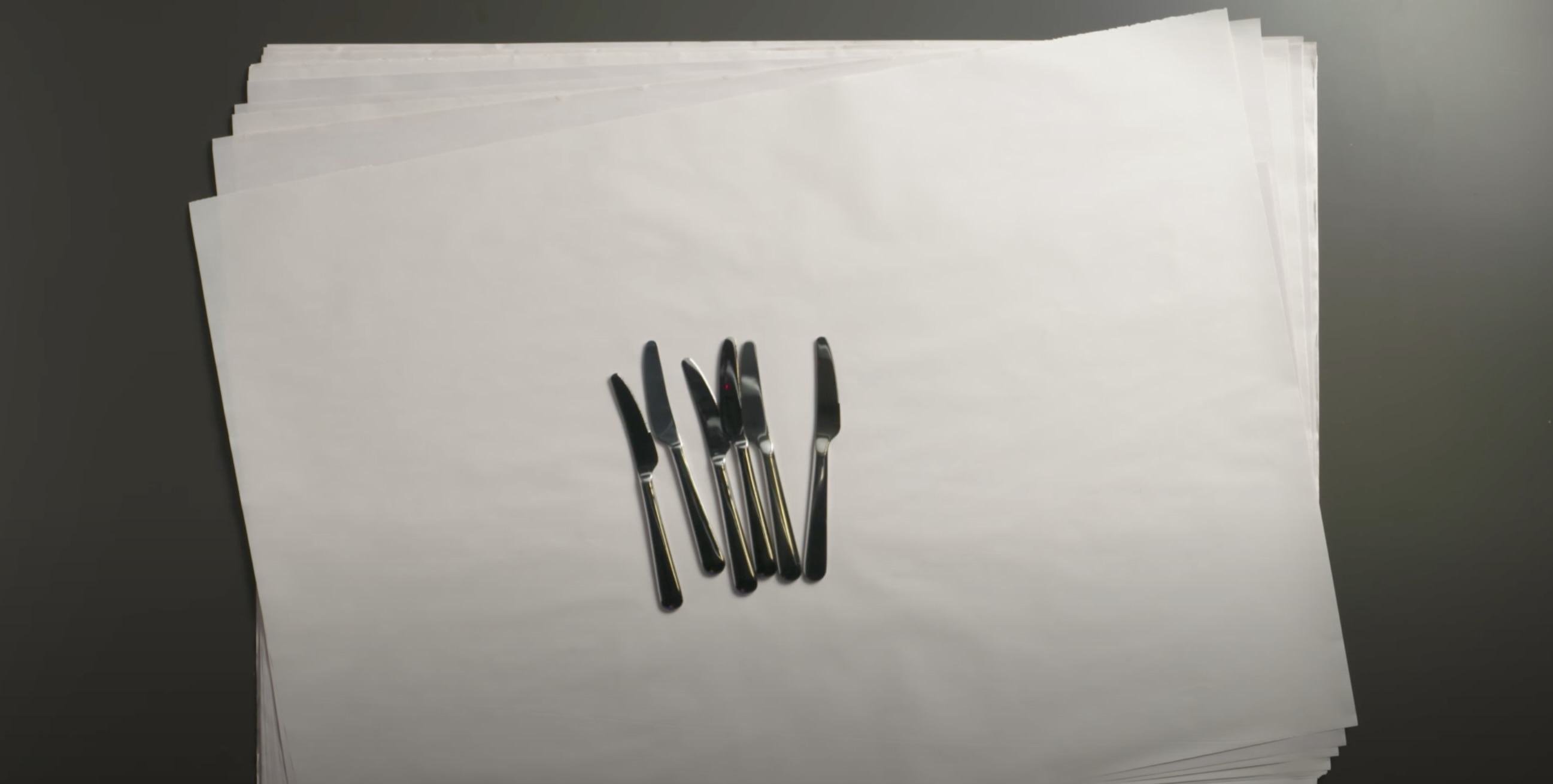
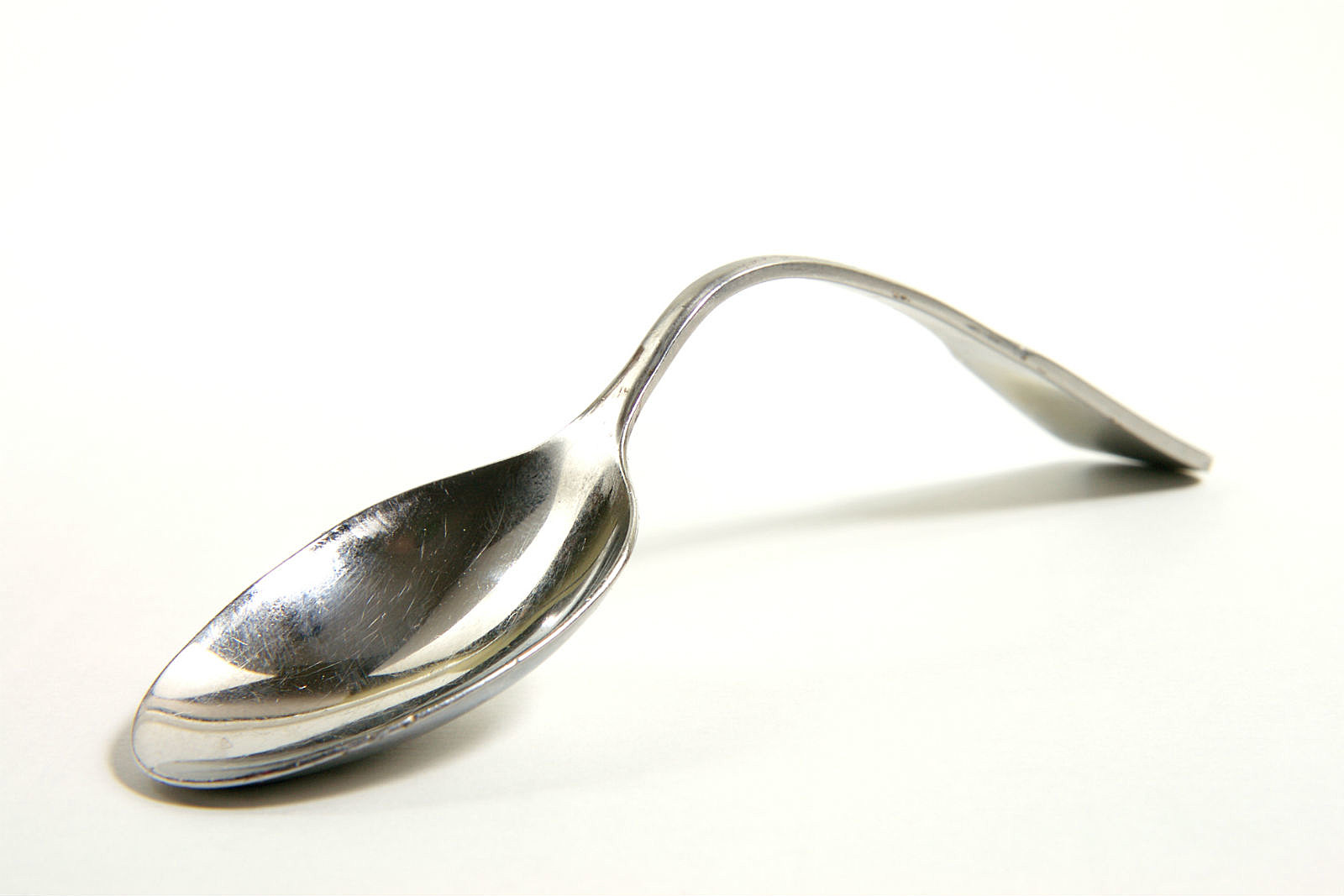
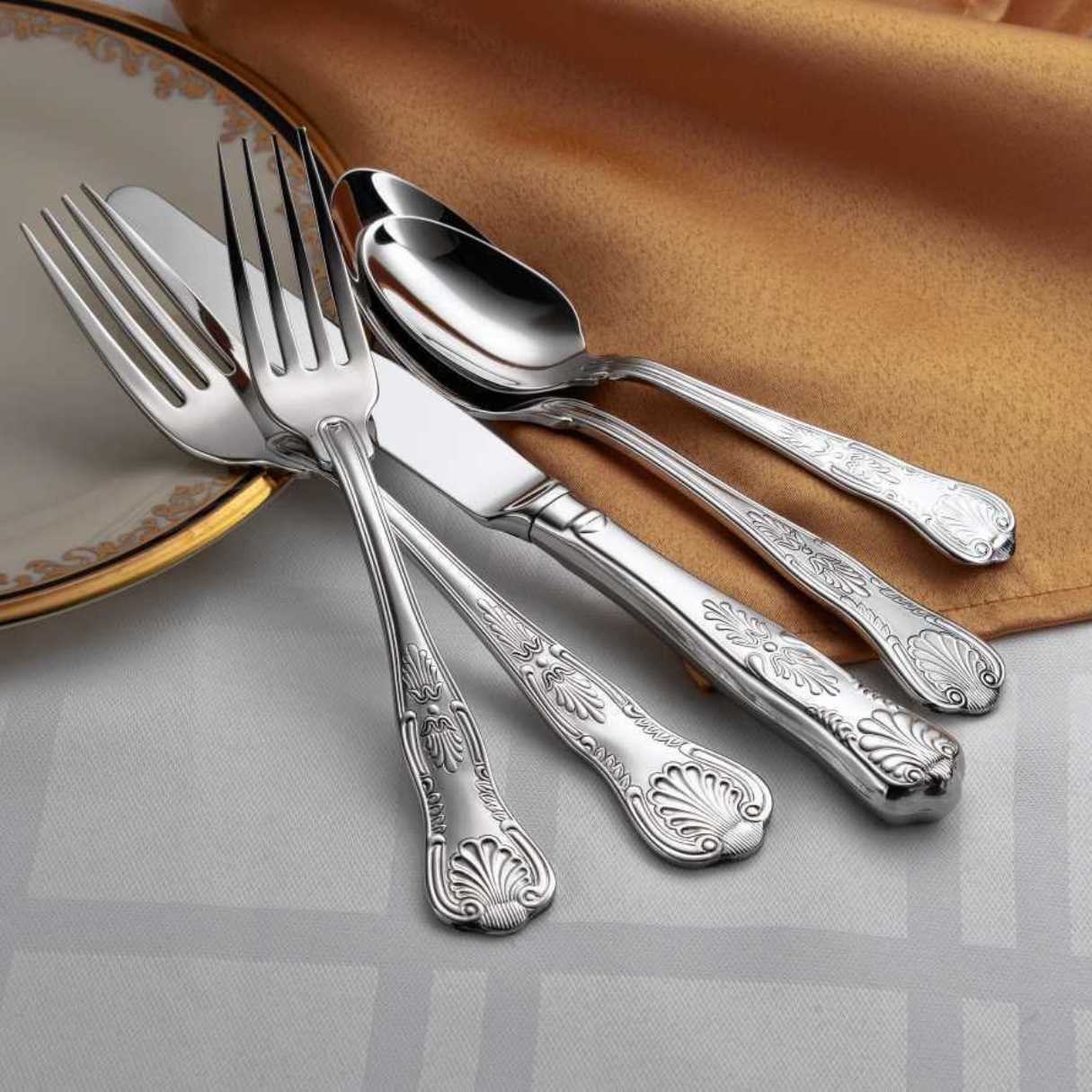
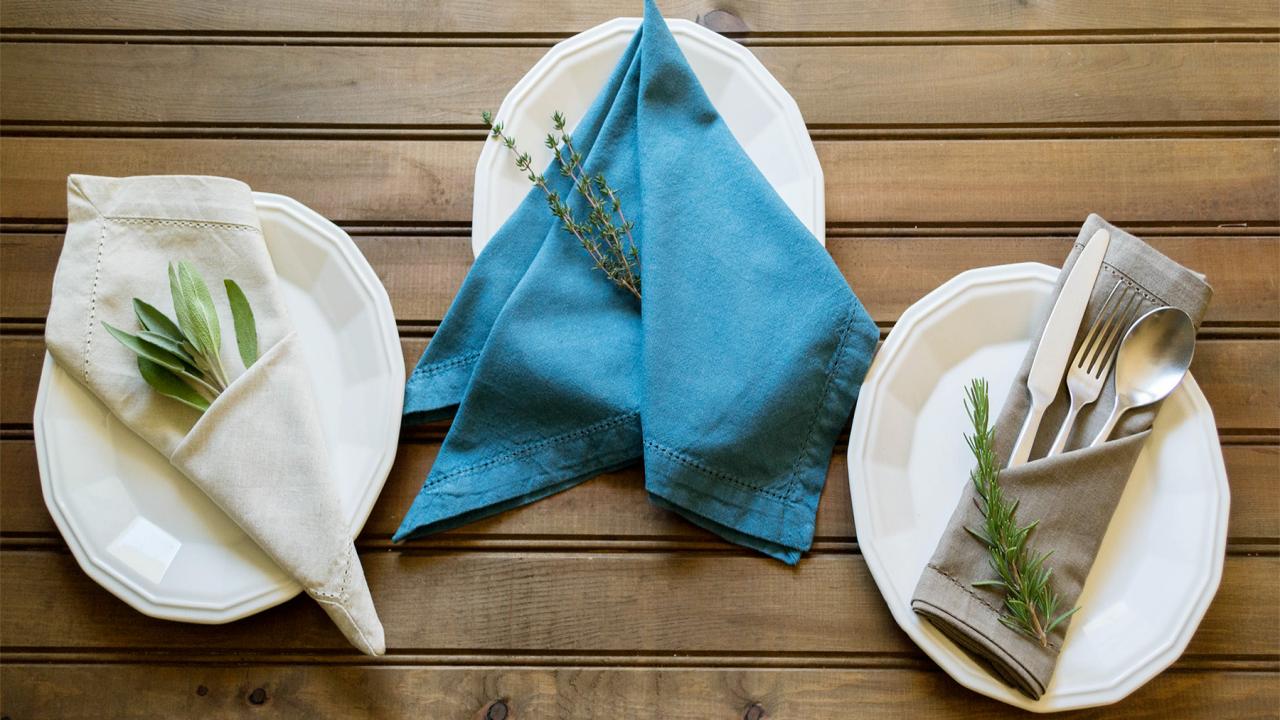
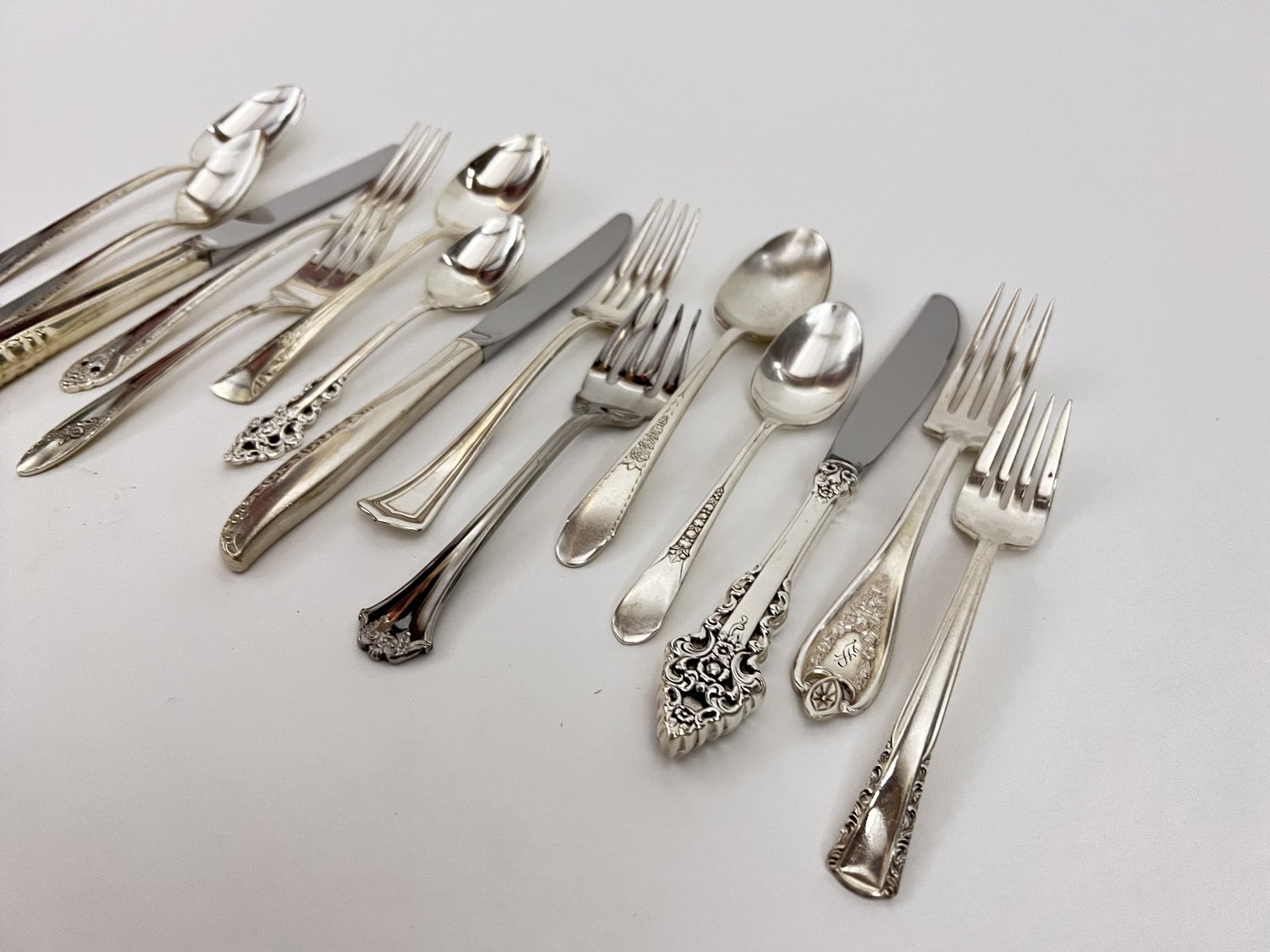

0 thoughts on “How To Arrange Silverware In A Place Setting”